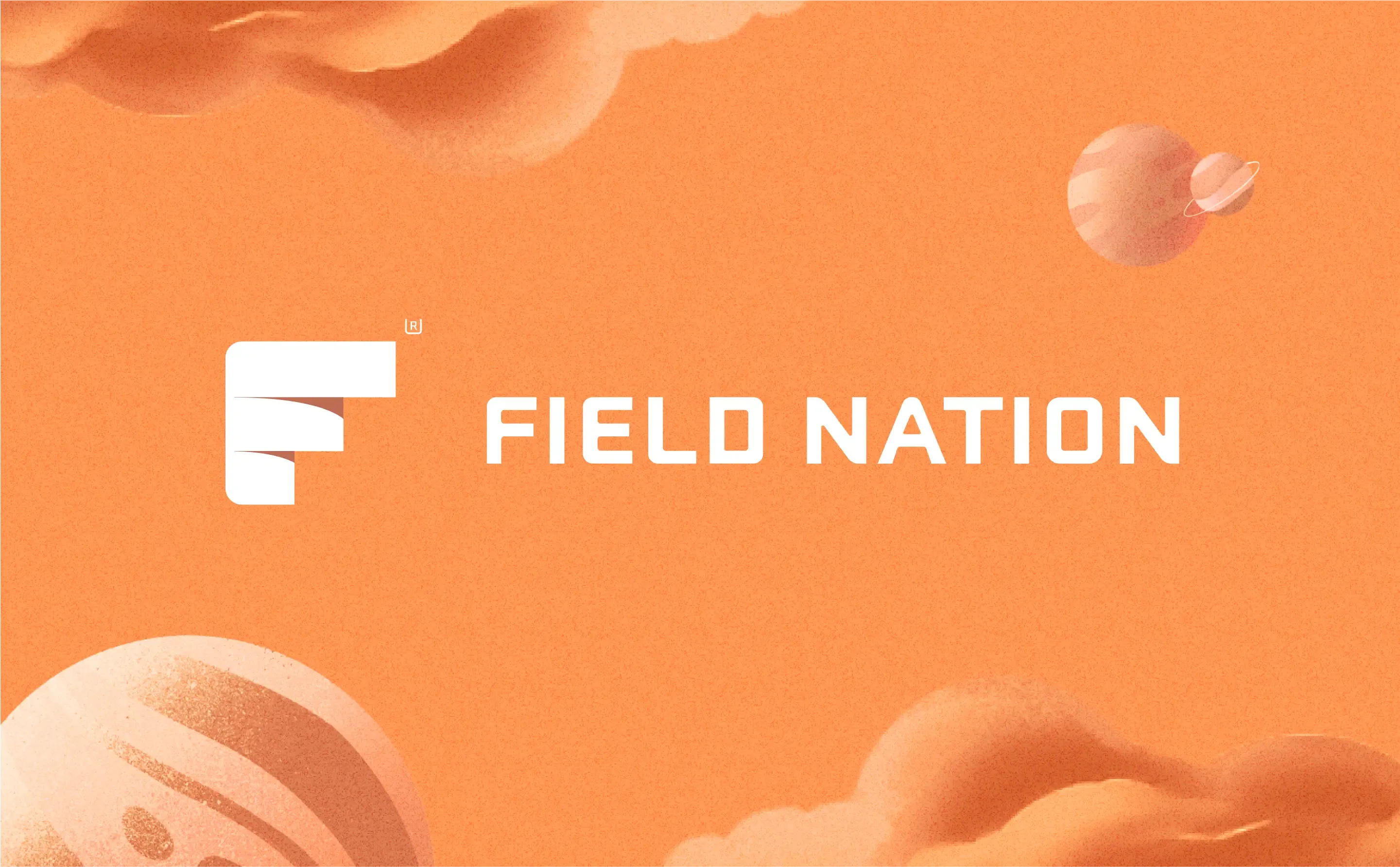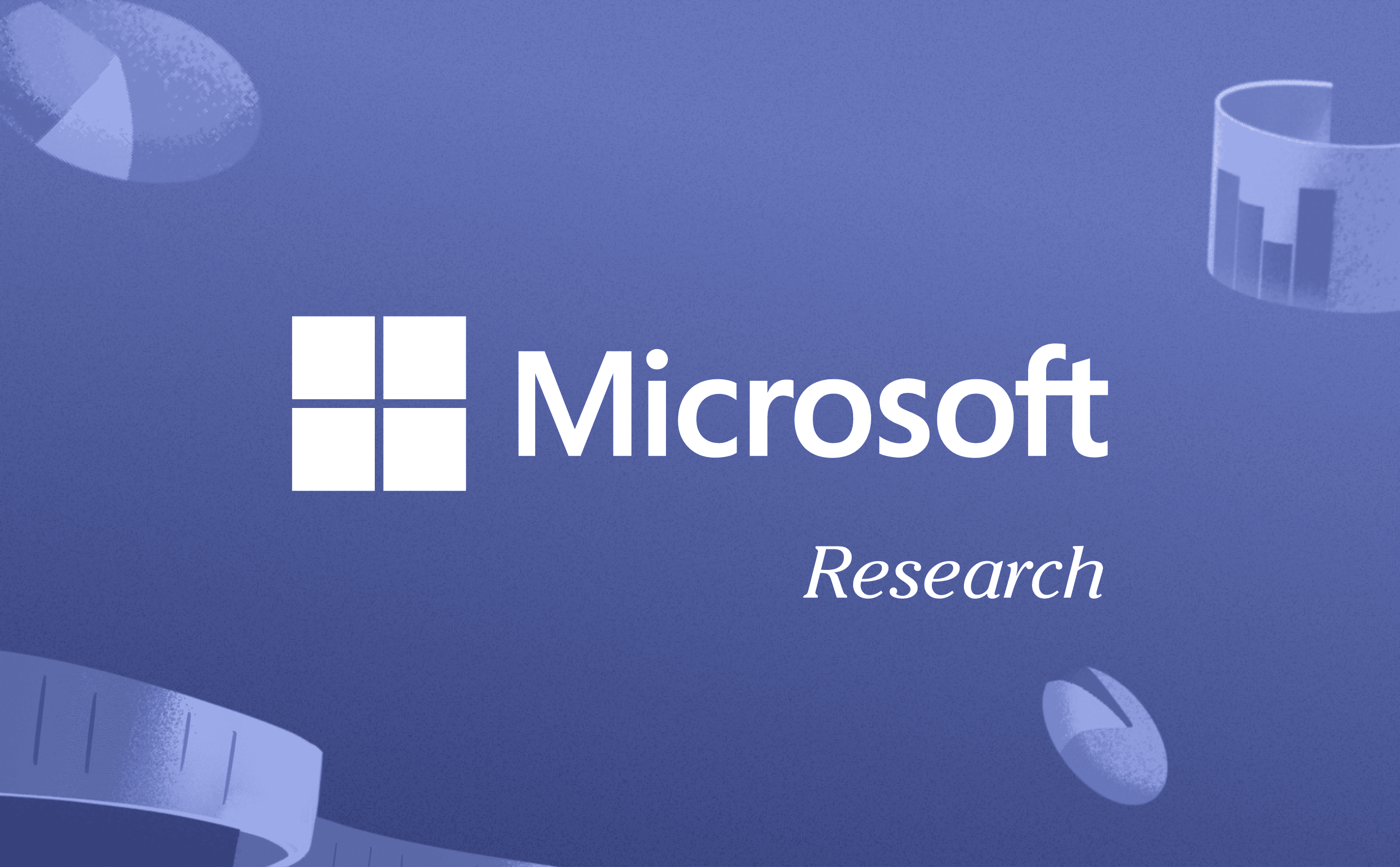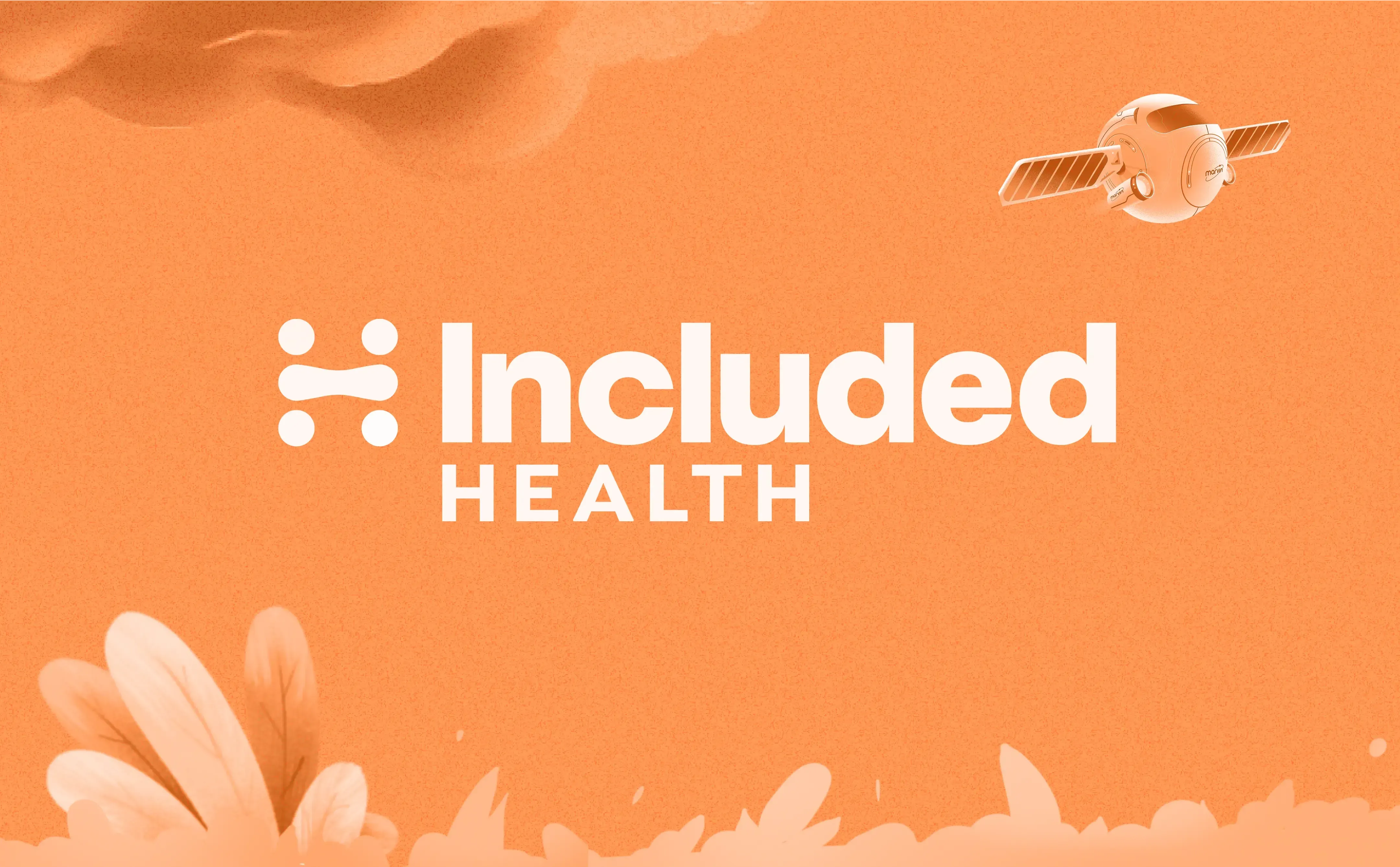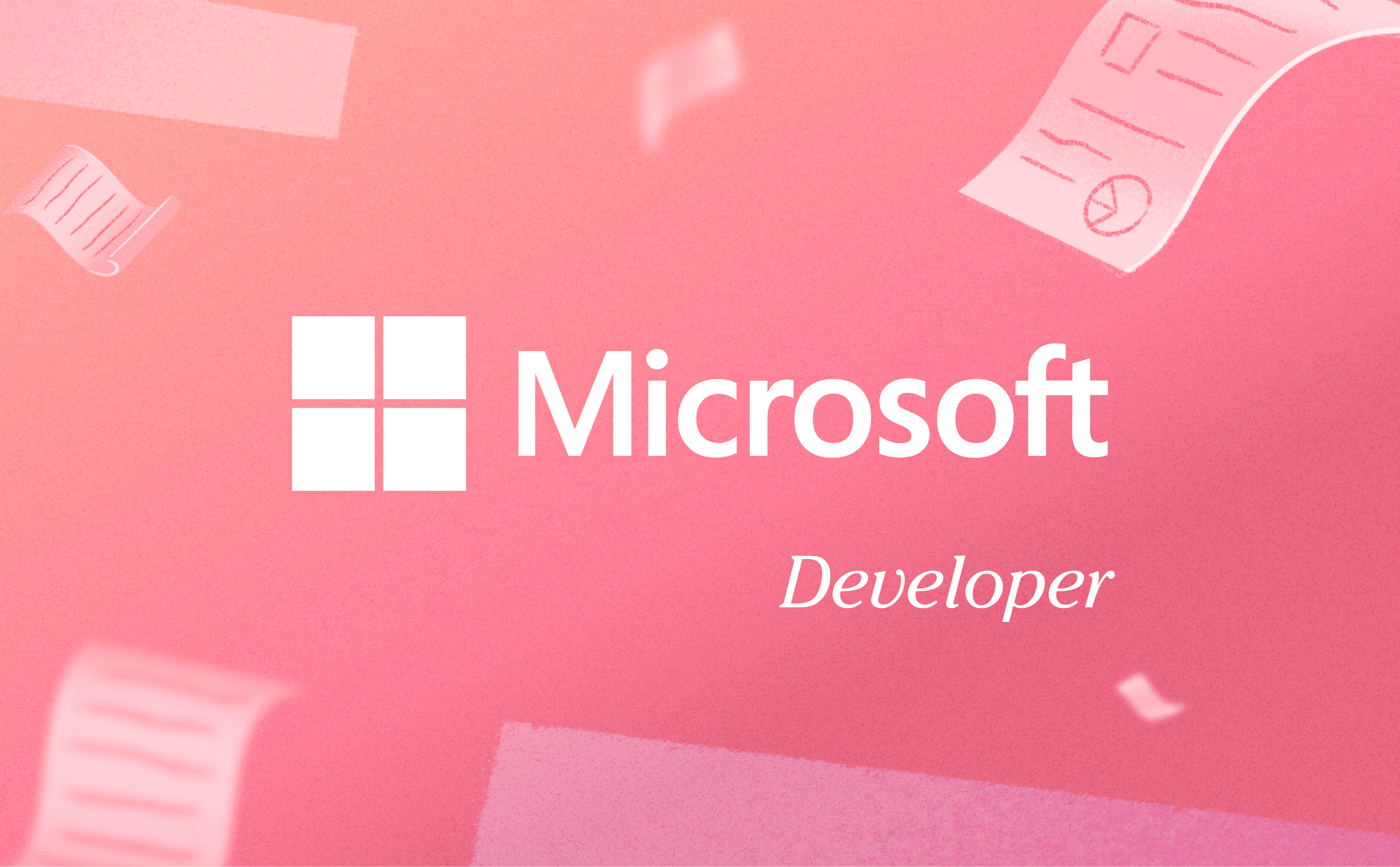Microsoft Research achieves rigorous data analysis and collaboration with Marvin
How Field Nation's Researchers Save Time with Marvin
Field Nation needed a more effective research repository to replace its disconnected and inefficient system. The switch to Marvin helped them save time, increase collaboration and transform how research data is utilized across the company.
Customer Outcomes
- Saved 20+ hours while identifying crucial customer feedback on interviews
- Used AI to speed up note-taking and identify insights
- Shared insights and recommendations easily with stakeholders
- Incorporated insights into designs and product decisions more efficiently
- One centralized repository for all user research
Lacey Selvagn leads design for the Marketplace Product team at Field Nation. Her team manages part of the platform that connects service companies and skilled IT technicians.
In the past year, Lacey and her team redesigned a core part of the platform. They conducted in-depth user research with over 20 accounts to test new features and designs. They used Marvin to organize, analyze and share the research. They could derive insights quicker and make data-backed decisions with Marvin's AI features.
"The thing that's changed the most is how we are able to action on our research and take the insights and loop them back into the designs. Back into product decisions and priorities and share them out across the company because that was usually not happening at all before."
Reimagining the Research Platform
Lacey's team initially used Chorus to record calls. Since it is a sales product, they found it "was just not built for user research. . . Part of my job was sharing out the insights and letting people know what we had learned. It was super painful trying to do that."
The process was slow and complicated. In order to share actionable insights, the team spent hours writing up interview notes, finding themes, mapping them to Miro and summarizing it all into clear insights. They spent an additional 15-20 minutes per interview searching for relevant user quotes to add to the summaries.
Field Nation needed a research repository that made it really easy to capture, analyze, find, reference, and share insights across every project in the product organization.
They explored other tools (such as Dovetail and Great Question), but they didn't have all the features Field Nation needed to scale their research program across the product team.
Everything changed when they found Marvin. They finally had a solution where they could spend more time analyzing research than trying to find and organize it.
Marvin to the Rescue
Lacey and her team gathered feedback from 20 buyer accounts on beta version features. That required interviews with 2–3 users per buyer, many of whom were interviewed multiple times.
This is how Lacey described the research process:
"We were doing interviews with them and surveys all the time to figure out what we brought into the new experience was working, what wasn't working, what key features were missing."
The researchers used Marvin's live AI note-taker to capture key information during the call itself. The moment the call finished processing, they could share a detailed and accurate summary using Marvin’s AI.
The reduced effort on manual note-taking and summarizing of insights allowed the team to focus their efforts on in-depth analysis. They leveraged Marvin's AI capabilities to discover themes across interviews.
Lacey's team used Marvin to tabulate these responses. This is what the table looked like:
"We asked Marvin to create a table. What are all the features that were mentioned that we haven't built yet or, the things that aren't working for them? Which customers said it, or how many times it was mentioned? When I've done things like that, I ask it to grab a quote as well."
Designers collated the most-requested features and key use cases in Insights, and shared them with the product team. The team was able to action requests quickly as they used clips and Playlists to back the findings.
“The other day, my designer mentioned how much time he saved using Marvin to go through his research and compile a report to share out. It’s hard to quantify a number because we just wouldn't do this if we didn't have Marvin.”
The product team used Marvin's analysis to prioritize tasks and plan sprints. Customer success managers used the information to tell participants their feedback had been incorporated.
Insight Sharing Simplified
Better Communication across the Organization
Lacey considers insight sharing a key part of her job. Field Nation regularly evaluates feedback from platform users and has a Slack channel dedicated to it. Stakeholders, support teams and account managers post feedback they hear from customers, and feedback collected on the website is automatically posted in the channel. Lacey often shares analysis and clips from calls recorded on Marvin.
"The amount of effort I put into sharing, analyzing and making insights actionable is just a fraction of the time that it was before because of the AI. My favorite thing is everything that comes with that — being able to pull the summary of something after the call and post it in Slack."
She no longer has to sift through long recordings or search among a mountain of notes. She can easily make a playlist of clips to share user inputs. She recently synthesized and analyzed 20 research sessions to present with others at Field Nation.
“I pulled it together in 5 hours because I had Marvin. For a less intense project, my designers are able to do what they need in a couple hours.”
Teams come together to work on the feedback. Design and product teams can also demonstrate how they prioritize requests. Before using Marvin, the team was concerned it would be another tool that nobody used. But when they could record calls directly, make auto notes and import a range of data, it became an integral part of the research process.
Collaboration with Other Design Teams
One team member was concerned whether they would be able to label uniformly across projects. But they could easily create label templates to maintain consistency.
Moreover, Marvin's AI capabilities reduced the need to label calls extensively in the first place. They used Ask AI and cross-project search analysis instead to search for keywords or themes.
More Time for Research
Midway through the project, Lacey knew Marvin had completely changed the way the team did research.
"I no longer have giant Miro boards filled with sticky notes trying to make sense of all these interviews and affinity mapping."
Marvin simplifies all of those tasks so she can keep doing more research.
Lacey spends less time switching between products. She can record, tag, analyze and share all from the same place.
"The thing that we like about Marvin is we don't have to (toggle between tools) because it's all in Marvin. We just use Marvin."
She also appreciates that Marvin's team is quick to incorporate product feedback. Marvin regularly add new features to help make user research more efficient.
Lacey describes herself as a "huge evangelist" of Marvin. She said, "I couldn't stop talking about it and making sure that we could get it." She encourages Field Nation colleagues who don't conduct research to access Marvin research and Insights.
Since onboarding Marvin, she's seen a significant change in the way people action and share customer inputs.
"With Marvin, we're not only just doing the research, but I see a huge increase in people across the teams sharing the research and talking about it and doing things because of it. So it's awesome. So we can just keep doing more research."
"We love it!" is the verdict from Field Nation.
Are you ready to fall in love with Marvin too?



